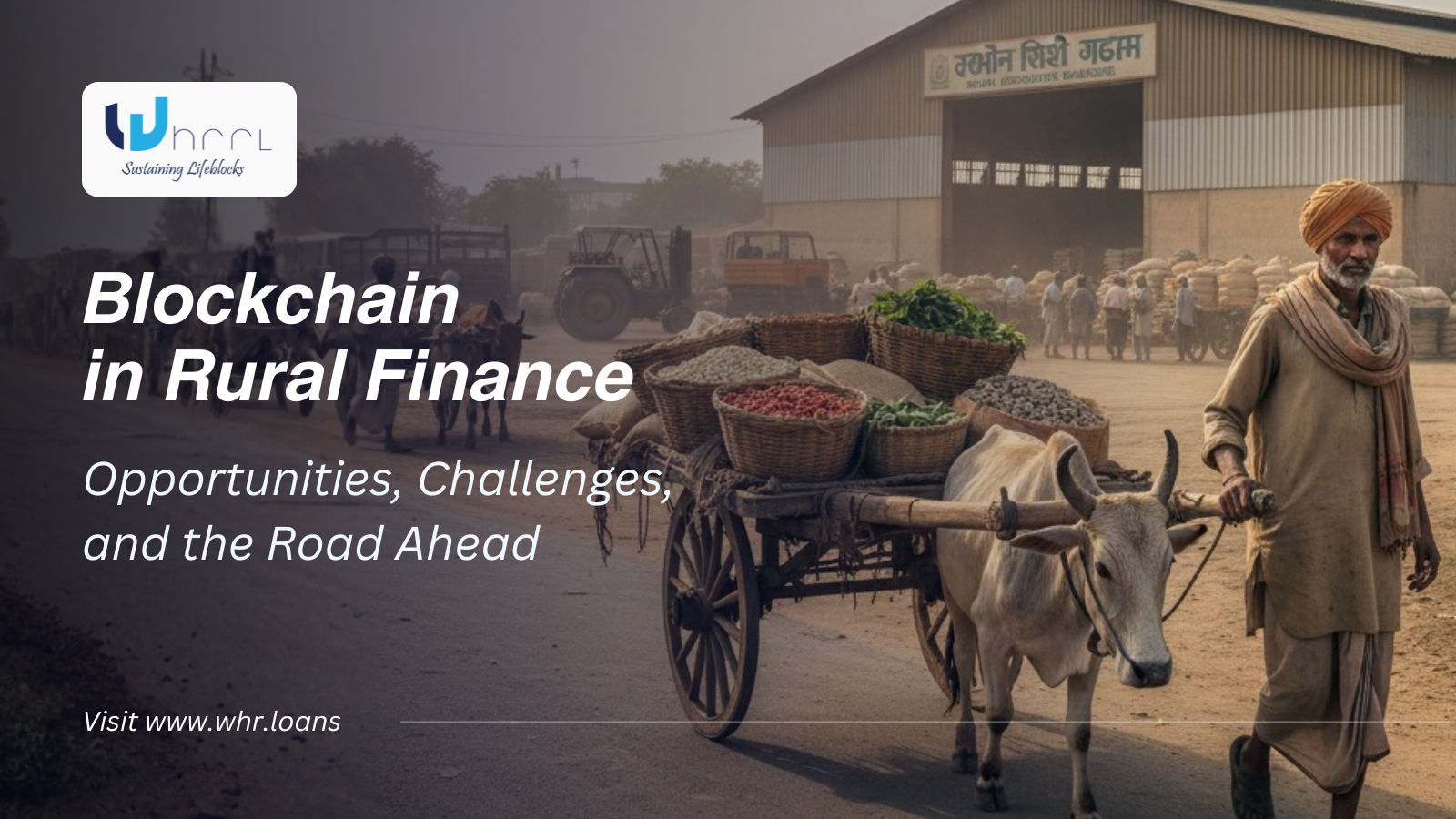
In recent years, blockchain technology has emerged as one of the most transformative innovations in the financial sector. While its early applications were primarily focused on cryptocurrencies, today, its potential in rural finance—especially in agriculture and commodity-based lending—is being realized more than ever. Platforms like Whrrl are leading this change, leveraging blockchain to empower farmers, lenders, and agri-supply chain participants with transparency, trust, and financial inclusion.
The Promise of Blockchain in Rural Finance
Access to credit remains one of the biggest hurdles for rural communities. Traditional banking systems often fail to reach smallholder farmers due to issues like lack of collateral, delayed verification, and poor documentation. This is where blockchain makes a difference.
By creating a decentralized and tamper-proof ledger, blockchain enables the secure recording of transactions—be it warehouse receipts, crop ownership, or loan disbursements. Every stakeholder in the value chain can verify information in real time, eliminating fraud and enhancing trust.
Whrrl, through its blockchain-based Warehouse Receipt Finance platform, is making rural credit both accessible and efficient. Farmers can store their produce in accredited warehouses and receive digital warehouse receipts (WHRs), which can then be used as collateral for loans. This not only ensures liquidity but also prevents distress sales, where farmers are forced to sell their crops at low prices due to immediate cash needs.
Opportunities for Growth and Inclusion
The impact of blockchain in rural finance extends beyond just lending. It opens doors to a broader agri-fintech ecosystem that includes insurance, trade, logistics, and payments.
- Financial Inclusion: Blockchain ensures that even small and marginalized farmers have a digital financial identity, helping them access credit and subsidies with ease.
- Fraud Prevention: Immutable data on warehouse receipts prevents duplication or manipulation, ensuring trust among lenders and borrowers.
- Faster Credit Access: Smart contracts automate loan approvals and repayments, drastically reducing time and paperwork.
- Supply Chain Efficiency: Every stakeholder—from farmers to banks and traders—has visibility into the entire agri value chain, ensuring accountability and traceability.
Through platforms like Whrrl, blockchain bridges the gap between farmers and formal financial institutions, creating a transparent ecosystem where trust is built through technology, not intermediaries.
Challenges in Implementation
While the opportunities are vast, the journey isn't without challenges.
- Digital Literacy: Many farmers are still new to digital tools and need proper education to adopt blockchain-based solutions.
- Infrastructure Gaps: Reliable internet and affordable devices are still lacking in many rural areas.
- Regulatory Framework: Clear policies and legal recognition for blockchain-based documents like warehouse receipts are still evolving in many regions.
- Integration with Legacy Systems: Traditional banks and government agencies often operate on older systems, which makes seamless integration complex.
These challenges highlight the need for a collaborative approach between technology providers, policymakers, and financial institutions.
The Road Ahead
The future of blockchain in rural finance looks promising. As digital transformation accelerates across India and other emerging markets, solutions like Whrrl's blockchain-powered warehouse receipt finance model are set to redefine how rural credit operates.
With growing government support for agri-fintech innovation and increasing adoption of digital infrastructure, blockchain will play a crucial role in making rural finance more transparent, inclusive, and sustainable. The technology that once powered cryptocurrencies is now powering a new kind of revolution—one that starts from the farms and reaches global markets.
